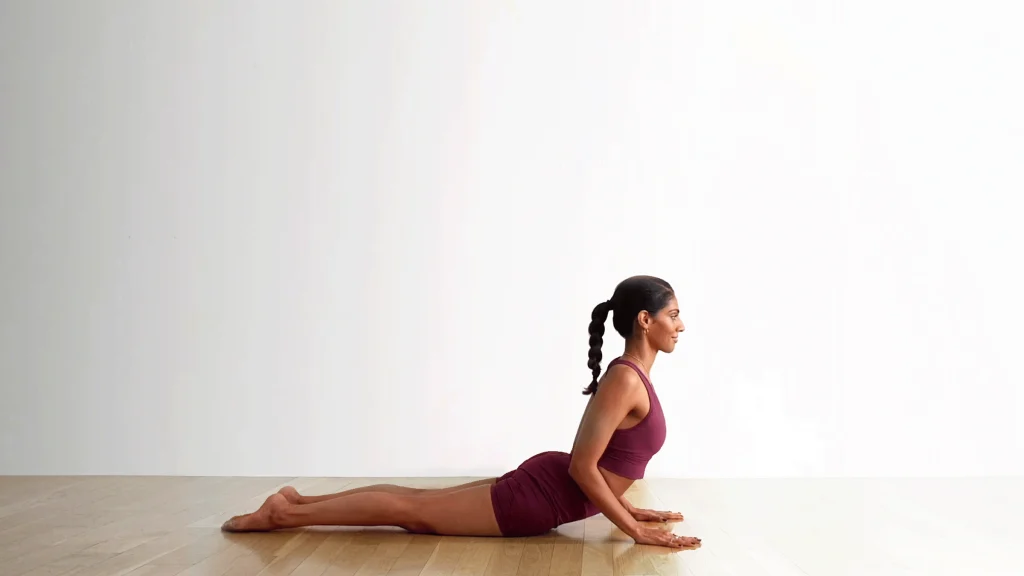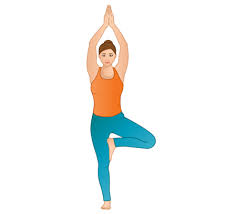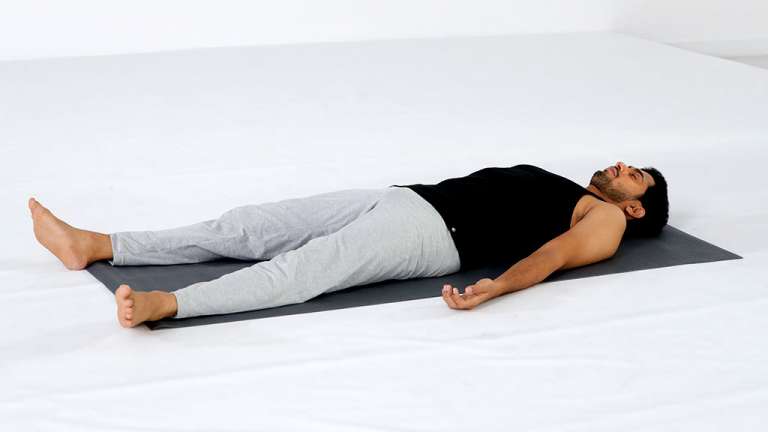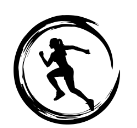As a beginning yoga student you may feel overwhelmed by the number of yoga poses. If you got out of bed this morning and stretched your arms over your head, you’ve already done a yoga pose. A yoga practice is a lifelong pursuit, giving you plenty of time to explore each asana-pose-and learn sequences of postures.
Many foundational yoga postures feel instinctively comfortable as our bodies naturally bend and fold into them. Additionally, close attention to breathing is helpful in releasing and moving further into postures.1
These beginning yoga poses will help you get started and build into more challenging asanas in time. Types of Yoga Poses There are hundreds of yoga poses, but here is a basic idea of essential movements to bring you into practice:
Standing yoga postures: Standing postures are often done at the beginning of a class to “build heat” as a warm-up. The standing yoga postures are usually done in a flowing manner to create sequences in vinyasa flow. Yogis in hatha classes usually do the standing postures, rest, and then repeat.
Balancing yoga postures: Beginners’ balances are an essential way to generate core strength for advanced yoga poses. Though intimidating initially, they will get better with regular practice.
Backbends: Beginners start with gentle flexion and extension of the spine, working on deeper bends progressively. Since everyday life seldom requires you to move this way, backbends are necessary for spinal health and longevit
Seated yoga postures: These seated stretches, targeting your hips and hamstrings, are best done toward the end of your yoga class when your body is warm. Putting a folded yoga blanket or block under your butt is a great way to make yourself comfortable
Resting or supine yoga postures: Familiarize your self with your resting yoga postures, specifically child’s pose, which you are encouraged to do at any time during class when you want to rest. These resting yoga postures continue to open the hips and hamstrings and provide gentle backbends, twists, and inversions.
Mountain Pose – Tadasana
Mountain pose is likely not as familiar to most people as Downward Facing Dog, but it is every bit as important.
Good alignment in Mountain pose means visualizing a straight line drawn from the crown of your head down through your heels, with shoulders and pelvis stacked. But alignment is unique to each body, so root down with your feet and lengthen your spine.
Your instructor can walk you through this yoga pose in class to remind you to slide your shoulders down your back, and keep your weight in your heels.
Warrior I (Virabhadrasana I)
Warrior One
Verywell / Ben GoldsteinType: StandingThe critical thing to remember in Warrior I is that the hips face forward. Think of your hip points as headlights; they should be roughly parallel to the front of your mat. This yoga pose may require you to take a wider stance.
- Downward Facing Dog (Adho Mukha Svanasana)
Down dog pose woman practicing yoga, doing mukha svanasana exercise, stretching hands
Khosrork//Getty Images
Downward facing dog might be one of the first postures you’ll learn in any yoga class, since it’s such a key part of many yoga practices. It’s one of the primary postures during sun salutations and something you can return to throughout class, as well. - Cobra Pose (Bhujangasana)
Cobra Pose Young fit woman in tight sportswear practicing yoga, doing Bhujangasana exercise on hands
Khosrork//Getty Images
This pose, also common in sun salutations, is ideal for improving posture as backbends are great for counteracting long periods of sitting.
How to:
Start by lying face down flat on the mat with your palms flat on the mat near your shoulders.
Inhale, press your head and chest up off of the ground, and roll your shoulders back and down. Maintain a slight bend in your elbows and keep your elbows close to your body.
Pigeon Pose (Eka Pada Rajakapotasana)
serious motivated sportswoman practicing yoga on mat, doing one legged king pigeon pose, warming up stretching muscles
Great for opening the hips, this is one of the most common yoga postures targeting the lower body and can be an amazing stretch. Ease into the move, folding forward only if you feel balanced in position.

Tree Pose (Vrksasana)
tree pose athletic slim woman with hair bun in tight sportswear practicing yoga, doing vrksasana exercise
This standing yoga pose not only works on improving your balance and coordination, but it also focuses on posture and alignment. Engage your core to help steady you.
How to:
Begin standing tall with toes and feet pressed into the floor. Place your hands on your hips and find a steady gaze in front of you.
Slowly raise your left foot up onto your right shin or thigh. Keep your gaze forward, press the foot into the leg, and inhale. When you feel stable, bring your hands to your heart or stretch them out overhead like branches.
Hold for several breaths, then step your foot back down and repeat on the other side.

- Corpse Pose (Savasana)
yoga for beginners
Getty Images
It is a very grounding pose for complete relaxation and, at times, calming of the mind. Note that if there is tension underneath the lower back, consider placing a rolled-up blanket under the knees.


